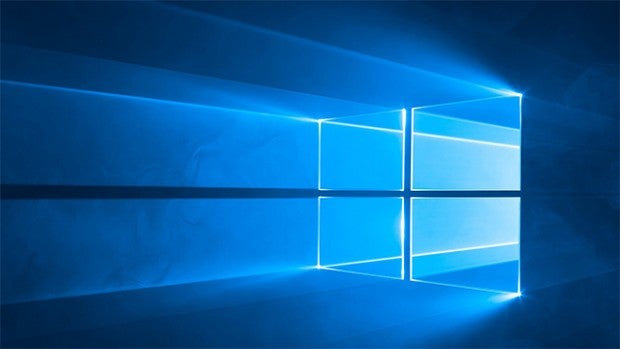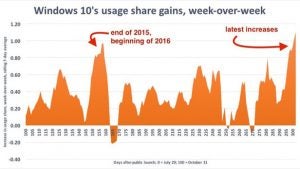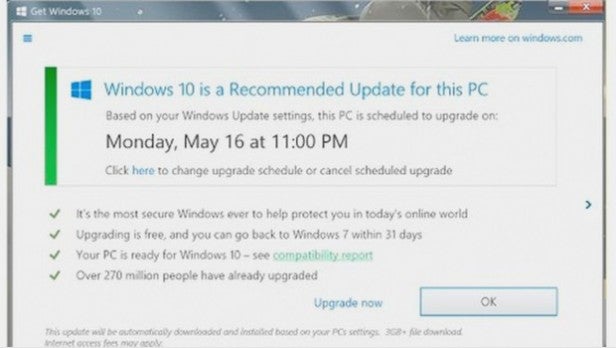Windows 10 is growing faster – but is Microsoft’s sneaky upgrade trick to blame?

Here’s a bit of good news for Microsoft on a Friday: Windows 10 is experiencing a welcome jump in growth.
Windows 10 has experienced its largest “growth spurt” since August 2015, as first revealed by Computerworld. The tech site tracked Windows 10 growth using StatCounter, and discovered “a large and extended string of week-over-week increases”. This data was tracked between May 13 and yesterday, May 26.win
The report reads:
“The most recent growth of Windows 10 was larger than that at the end of 2015 and the beginning of 2016, when gains were likely fueled by a combination of new PCs and the holidays.”
Related: Everything you need to know about the Microsoft Surface Pro 5 StatCounter data, via Computerworld
StatCounter data, via Computerworld
So Microsoft’s growth is growing in recent days – but why?
The first possible reason (because we can’t say for sure) is that Microsoft’s deadline for free Windows 10 upgrades is fast approaching. As of July 29, customers will no longer be able to make the switch to Microsoft’s latest desktop OS free of charge, which is probably compelling users to upgrade post-haste.
The second likely cause for the recent growth spurt is Microsoft’s recent – and controversial – upgrade notification. Microsoft has faced plenty of backlash in recent days after it was discovered that the firm was issuing a pop-up to upgrade to Windows 10 – already downloaded to user machines – that wasn’t cancelled by pressing the red ‘X’ in the corner. Most users assume that hitting the red ‘X’ prevents an action, but Microsoft’s sneaky pop-up broke that rule.
 Microsoft’s dodgy pop-up
Microsoft’s dodgy pop-up
After being inundated with complaints, Microsoft eventually confirmed to the BBC that it planned to add another secondary notification that would provide customers with “an additional opportunity for cancelling the upgrade”.
At the time, Microsoft said:
“We’ve added another notification that confirms the time of the scheduled upgrade and provides the customer an additional opportunity for cancelling or rescheduling the upgrade. If the customer wishes to continue with their upgrade at the designated time, they can click ‘OK’ or close the notifications with no further action needed.”
Related: Best Laptops 2016
What’s new in Windows 10?
Have you upgraded to Windows 10 yet? Do you regret it? What’s your experience been like? Let us know in the comments.


